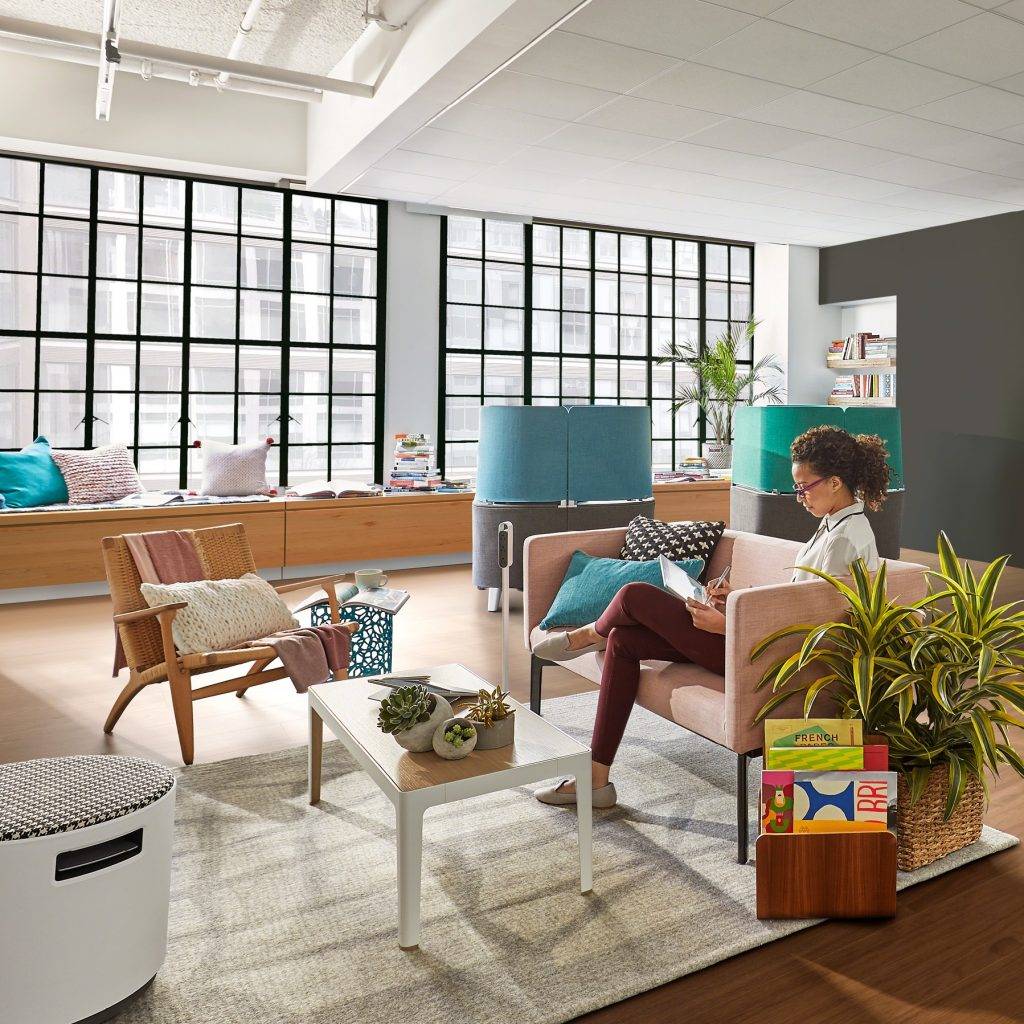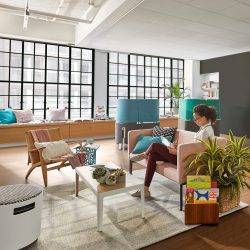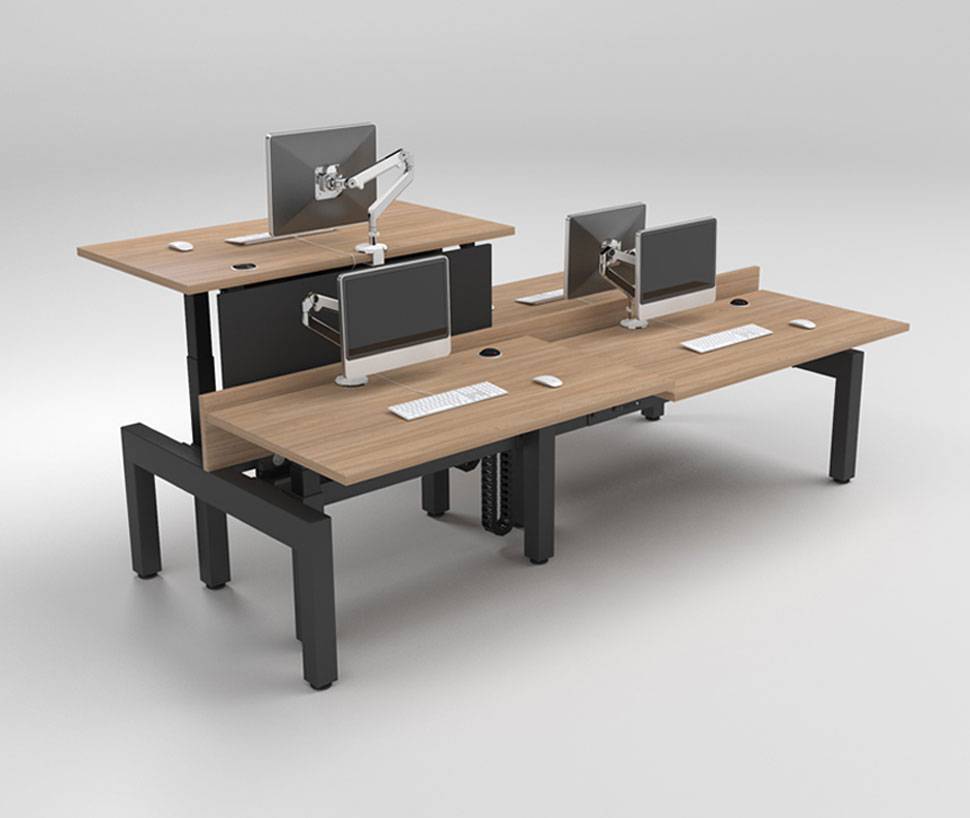August 15, 2017
London Mayor launches strategy to make the city “one of the greenest on the planet”
 The Mayor of London, Sadiq Khan has launched a new environmental strategy which he claims will help make the capital the world’s first ‘National Park City and one of the greenest cities on Earth’. The strategy includes plans for a new £9million Greener City Fund to boost trees and green infrastructure; improved planning policy proposals to encourage more green roofs, green walls and rain gardens; the creation of a ‘Challenge Map’ to prioritise areas in need of green infrastructure; and a series of measures to tackle pollution, promote cleaner energy & make more than 50 per cent of London green by 2050. As part of the strategy, the Mayor will use planning regulations to protect the Green Belt and incorporate into new developments more ‘green roofs’ (roofs covered with grass and plants which are excellent for soaking up rainwater), green walls (which can be added to the outside walls of buildings by busy polluted roads and are covered in plants to help boost air quality), ‘rain gardens’ (small green spaces which help prevent flooding), and habitats for wildlife.
The Mayor of London, Sadiq Khan has launched a new environmental strategy which he claims will help make the capital the world’s first ‘National Park City and one of the greenest cities on Earth’. The strategy includes plans for a new £9million Greener City Fund to boost trees and green infrastructure; improved planning policy proposals to encourage more green roofs, green walls and rain gardens; the creation of a ‘Challenge Map’ to prioritise areas in need of green infrastructure; and a series of measures to tackle pollution, promote cleaner energy & make more than 50 per cent of London green by 2050. As part of the strategy, the Mayor will use planning regulations to protect the Green Belt and incorporate into new developments more ‘green roofs’ (roofs covered with grass and plants which are excellent for soaking up rainwater), green walls (which can be added to the outside walls of buildings by busy polluted roads and are covered in plants to help boost air quality), ‘rain gardens’ (small green spaces which help prevent flooding), and habitats for wildlife.











 Emerging technologies such as artificial intelligence, robotics, virtual reality, augmented reality and cloud computing, will transform our lives and how we work over the next decade; and by 2030 every organisation will be a technology organisation. As such businesses need to start thinking today about how to future-proof their infrastructure and workforce, according to a report published by Dell Technologies. The research, led by the Institute for the Future (IFTF) alongside 20 technology, academic and business experts from across the globe also offers insight on how consumers and businesses can prepare for a society in flux. ‘
Emerging technologies such as artificial intelligence, robotics, virtual reality, augmented reality and cloud computing, will transform our lives and how we work over the next decade; and by 2030 every organisation will be a technology organisation. As such businesses need to start thinking today about how to future-proof their infrastructure and workforce, according to a report published by Dell Technologies. The research, led by the Institute for the Future (IFTF) alongside 20 technology, academic and business experts from across the globe also offers insight on how consumers and businesses can prepare for a society in flux. ‘




































June 30, 2017
Why using recyclable materials is no longer enough to protect the environment 0
by Michael Tyerman • Comment, Environment, Workplace design
(more…)